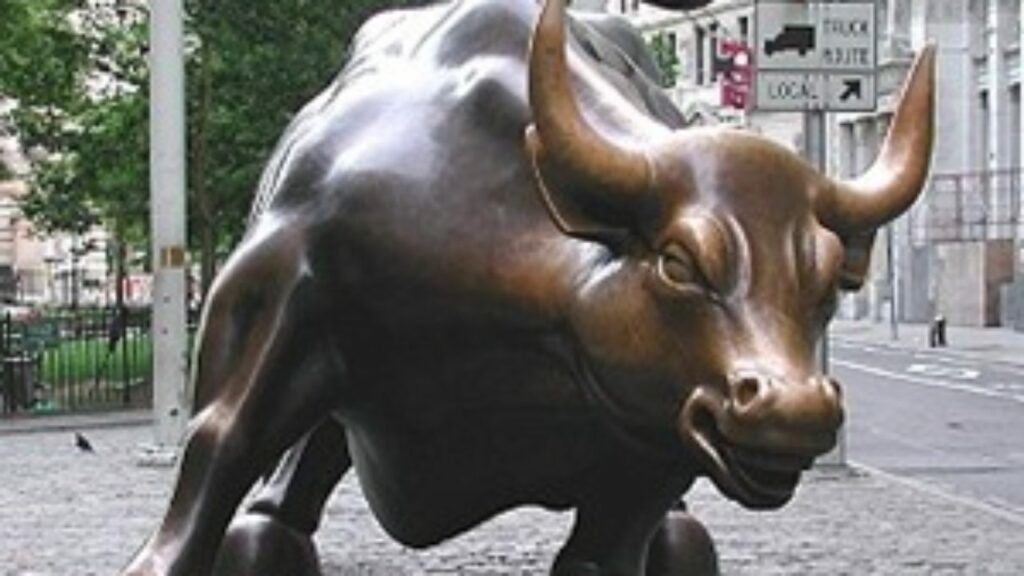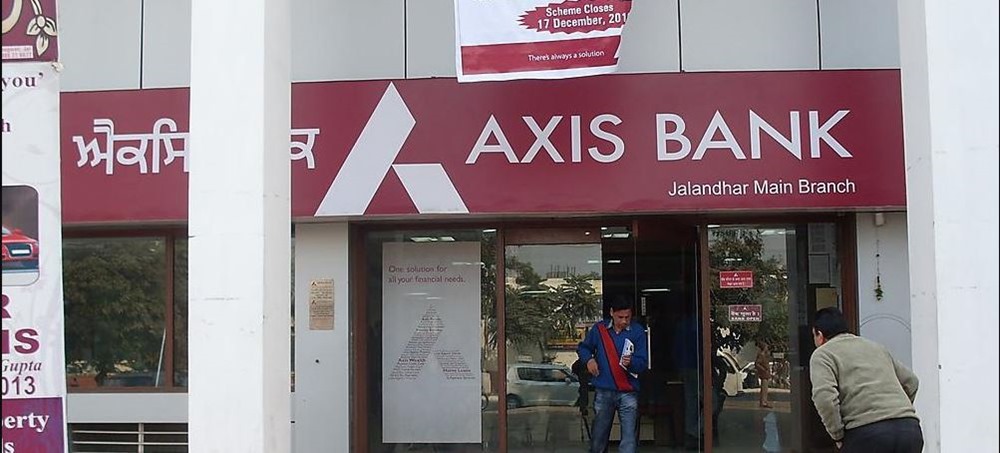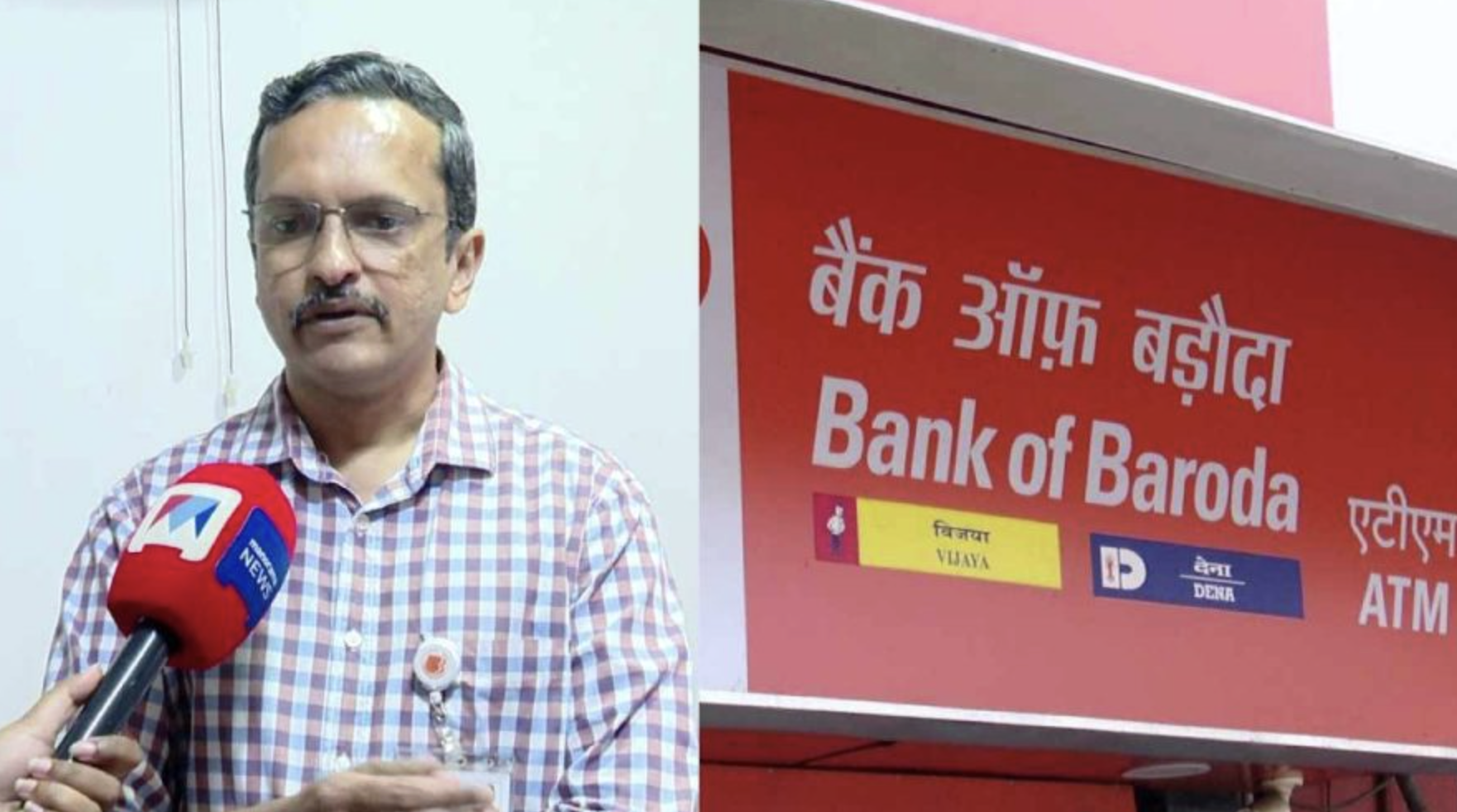In a remarkable feat of resilience, India’s NSE’s benchmark index, Nifty 50, broke through the psychologically significant 20,000-point barrier on September 11, defying global concerns and lackluster international market cues. This milestone represents a nearly 1 percent surge from the previous close, underscoring the robust performance of India’s benchmark share market indices, Nifty 50 and BSE Sensex, which have both witnessed impressive gains exceeding 2 percent in the past week.

Domestic Strength and Investor Confidence Fuel the Rally
This remarkable ascent has been propelled by a trifecta of factors: robust domestic macroeconomic data, a brief respite in the month of August, and unwavering support from domestic institutional investors. High-frequency indicators such as Goods and Services Tax collections, private capital expenditure, credit growth, and Purchasing Managers’ Index for August have all testified to the resilience of the Indian economy. In the face of formidable challenges like inflation, elevated interest rates, surging crude oil prices, uneven monsoons, and a global economic slowdown, India’s economic foundations have remained sturdy.
The Surge and Caution in Equities
Since April, Nifty has witnessed a staggering 17 percent surge, buoyed by inflows of over $18.9 billion, while domestic institutional investors have injected Rs 33,397 crore into the market during the same period. Remarkably, the mid- and small-cap indices have outshone their larger counterparts, with gains of approximately 41 percent and 47 percent, respectively. However, even as the markets continue to rally, a note of caution has emerged among analysts, who point to global market vulnerabilities driven by a strong U.S. dollar and rising bond yields. Last week’s lower-than-expected unemployment claims have stoked concerns about potential interest rate hikes, and weaker Chinese trade balance data has further bolstered the U.S. dollar.
Kotak, in particular, has raised a red flag, advising investors to exercise prudence. The brokerage firm has ceased recommending a midcap portfolio due to the dearth of stocks outside the BFSI sector that show potential for a 12-month fair value increase. Kotak attributes the sharp stock price surges to irrational exuberance among investors in the mid-cap and small-cap markets.
Navigating Volatility and Identifying Opportunities
In this current market climate, valuations pose a significant challenge, emphasizing the critical importance of meticulous stock selection and risk management. Analysts are turning their attention to sectors closely tied to domestic demand, identifying them for their growth and earnings potential. They also anticipate promising medium to long-term prospects for India, driven by investment cycles and policy reforms. Their advice to investors is to adopt a long-term perspective for equity investments, aligning products with their investment objectives and risk tolerance. To navigate short-term uncertainties, investors can consider staggered investments, while more risk-averse individuals may explore asset allocation strategies.
Bandhan Mutual Fund echoed this sentiment, stating, “Overall, we are overweight on domestic sectors like Auto, Industrials, etc., but valuations have become rich, and we are heading into the election period; hence, we must carefully manage the domestic cyclical part of the portfolios. While small caps may see a tactical correction from a medium to long-term perspective, we see interesting opportunities in the space given the country’s healthy economic growth, vibrant corporate sector, and strong domestic liquidity.”
As investors keenly await the European Central Bank’s monetary policy decisions and the release of inflation data from the U.S. and India later this week, the Nifty 50’s historic rise stands as a testament to India’s enduring economic strength amidst a challenging global landscape.













